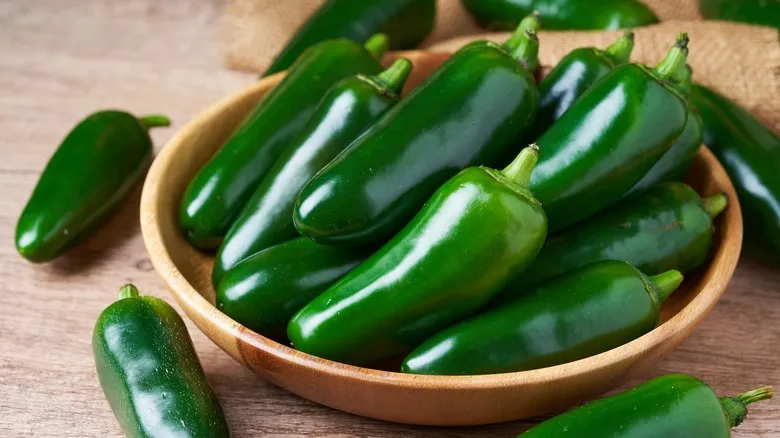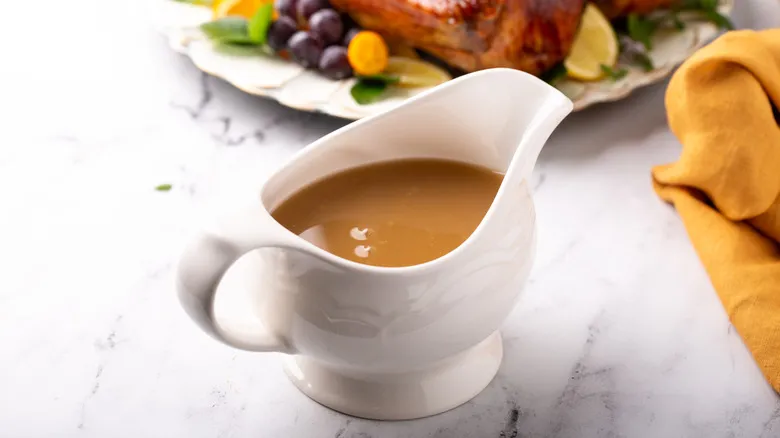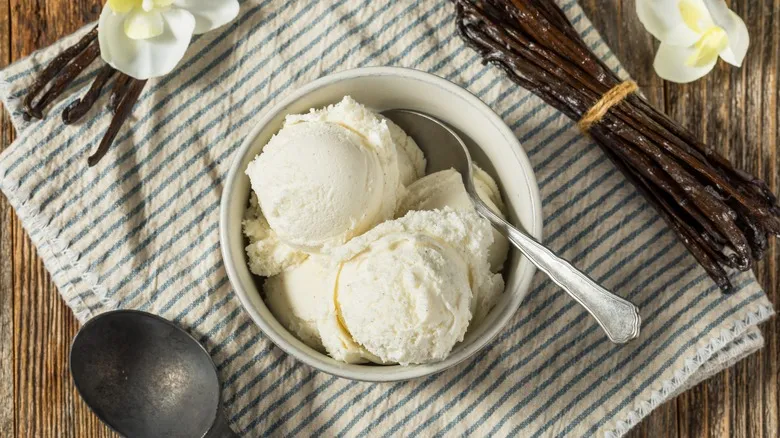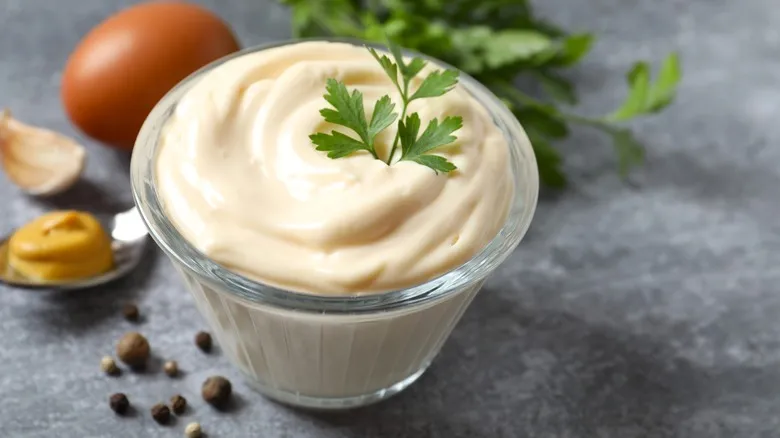Maximizing the shelf life of mayonnaise

Mayonnaise is a versatile ingredient featured in numerous recipes, making it essential to optimize your time with it. Fortunately, there are some straightforward steps you can take to extend its shelf life.
To prevent common food safety issues, both homemade and store-bought mayonnaise should be refrigerated at a temperature of at least 40 degrees Fahrenheit after preparation or opening. Minimize their exposure to warmer conditions and discard any mayonnaise that has been left out of the refrigerator for more than two hours. To avoid cross-contamination, always use clean utensils when handling mayonnaise, ensure the container is free from any residue or contaminants, and refrain from dipping food directly into the jar.
Store-bought mayonnaise is generally a better choice for those prioritizing longevity and convenience, as it lasts longer than homemade versions. However, if you enjoy making things from scratch, we understand. Just remember to use pasteurized eggs when preparing homemade mayo, as unpasteurized eggs can carry harmful bacteria in their raw state. Unfortunately, you cannot pasteurize eggs at home, so you'll need to buy them from the store. Adding acidic ingredients like lemon juice or apple cider vinegar can enhance the flavor of your homemade mayonnaise with a zesty kick while also acting as preservatives to slow bacterial growth.
Above all, avoid freezing mayonnaise. While it can freeze, doing so will quickly ruin a perfectly good batch of ready-to-use mayo.
Recommended

Should You Freeze Whole Jalapeños?

Can You Store Gravy In The Freezer?

The Best Way To Thaw Frozen Cheesecake

How To Tell When Your Ice Cream Has Gone Bad
Next up

